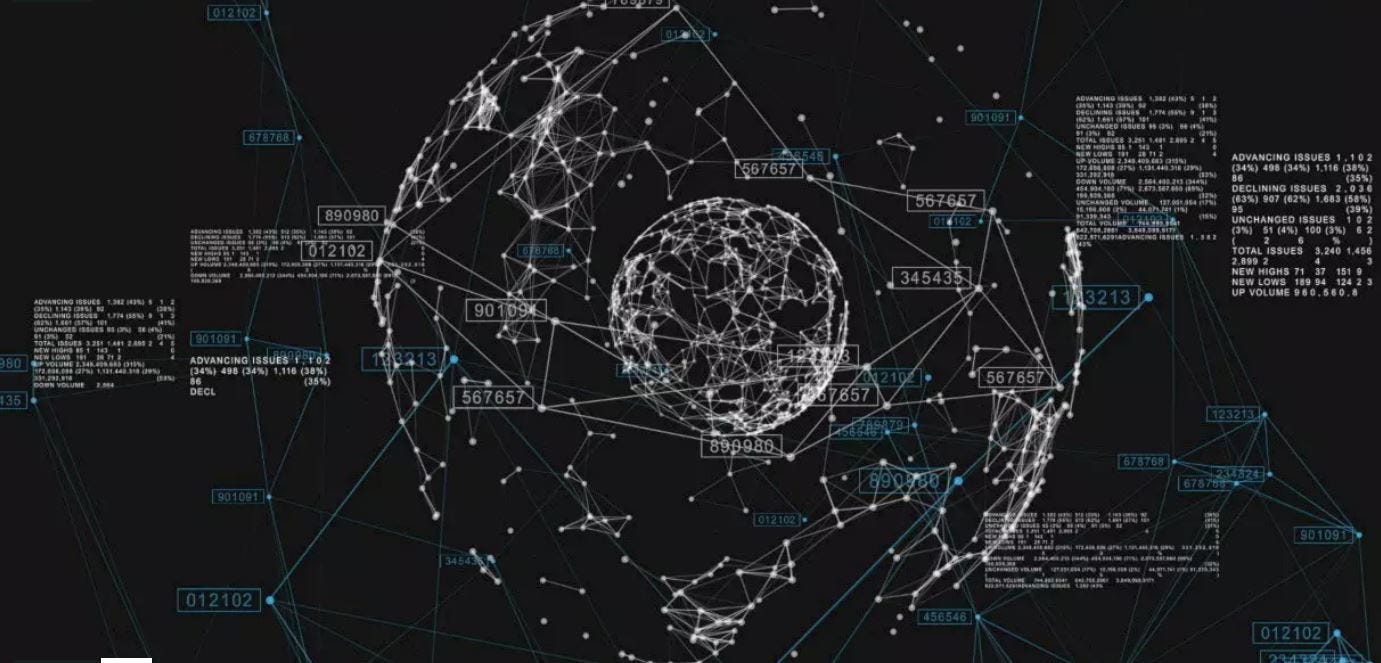
Will BLOCKCHAINS GET BLOCKED IN EUROPE? GDPR and its potential affects On Decentralized Networks
In 2016, before the exponential bitcoin climb, the EU was working on GDPR the (General Data Protection Regulation). This regulation will be in effect for all EU member states on May 25, 2018.
While GDPR is a step in the right direction for Individual privacy and data rights, it is important for those building blockchain technology to understand what this regulation entails and how it may affect the overall protocol, data architecture and exactly how blocks may be constructed to fit those legal agreements. Before we delve into how it could affect those networks, let’s first look at some of the general rules that are written in GDPR. Please be aware that if you wish to discover all of the details and proper citations, as well as any documents pertaining to GDPR, visit an EU affiliated website or provider. We are in no way affiliated with or endorsing any legal documentation from any nation state. This is strictly an informational piece and meant to invoke ideas.
The general premise of GDPR is to protect its EU citizens from corporations or other entities that may withhold or improperly use data from individual citizens of those particular member states. The EU takes this VERY SERIOUSLY, so those that do not comply to their regulations will face a multitude of fines, as mentioned by GDPR. The EU believes this document will protect their citizens and their rights to their own personal data. The most interesting fact about GDPR comes from the fact it is being instituted by every member state, so the regulation are in fact uniform. The core principles of GDPR are as follows…
- Select companies may need to appoint staff specifically for data protection and its oversight for GDPR compliance.
- If a data breach does occur, there must be a notification system to its users or members.
- If a data transfer is active, it must be handled safely and according to GDPR compliance.
- When data is actively processed into a system, a User must be notified that there specific data is being absorbed.
- If data is collected and then notified, the data collection must remain anonymous for individual rights.
This is a simplification of GDPR core principles and for more information please read the actual document.
It is important to understand that this regulation not only applies to all member states in the EU, but to any entity that is marketing or selling a product or service to those states. This is a significant point for those building blockchain technology, because open blockchains typically need nodes from citizens of nation states across the globe.

The GDPR of the EU should not be viewed as a document that goes against decentralized networks. In fact much of the document shares many of the core ideological views of blockchain networks. However, those that have created blockchain networks before this mandate, may face multiple issues after the document is enacted.
The problem for current active and popular blockchain technology happens to be in its current model for immutability. Immutability is a core feature of the blockchain, and must remain a core function, but it relies on blocks building off one another like an elongated tower. If either a citizen or entity in the EU (or their member states) informs a blockchain organization that they don’t want their data on a particular network, it will be difficult to remove that data from a blockchain, It will also be difficut to remove or delete data from the past log of blocks. This is because it erases immutability based specifically on current blockchain models. If this problem occurs, a blockchain could potentially implode on itself! As of now the only solutions is that current blockchains must also comply with GDPR. This may be a difficult task.
There is no reason to be dismayed yet, because many blockchains can perform forks and network updates which can discover new immutability models that do adhere to Nation State laws.
At NewCurr, we look at immutability as a trust vs. accuracy situation. While many current blockchains hold trust in its immutability structure, that does not necessarily mean the information created block by block is accurate…and they can’t fix this problem in a tower architecture without starting from scratch with a fork.
In our structure, we are working on the ability to update or remove blocks from the network using our proof of information protocol. We take individual data rights with the upmost importance, so users should be able to decide how they wish to go about their privacy. This is why we believe the structure should work more like a historical timeline. Which is something we’re heavily working on at NewCurr.
We welcome your thoughts and ideas about blockchain structures. We collectively work well as a positive think tank.
The NewCurr Team
Follow us on Twitter at NewCurr









